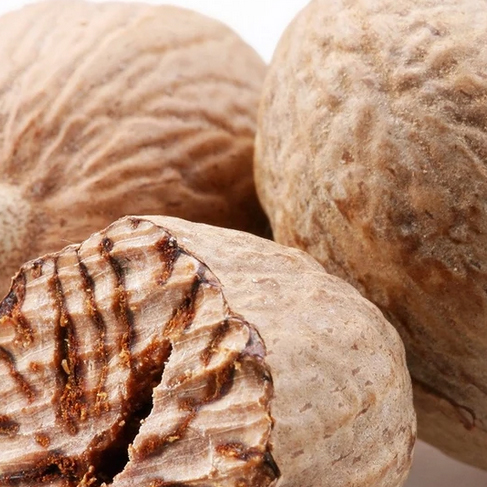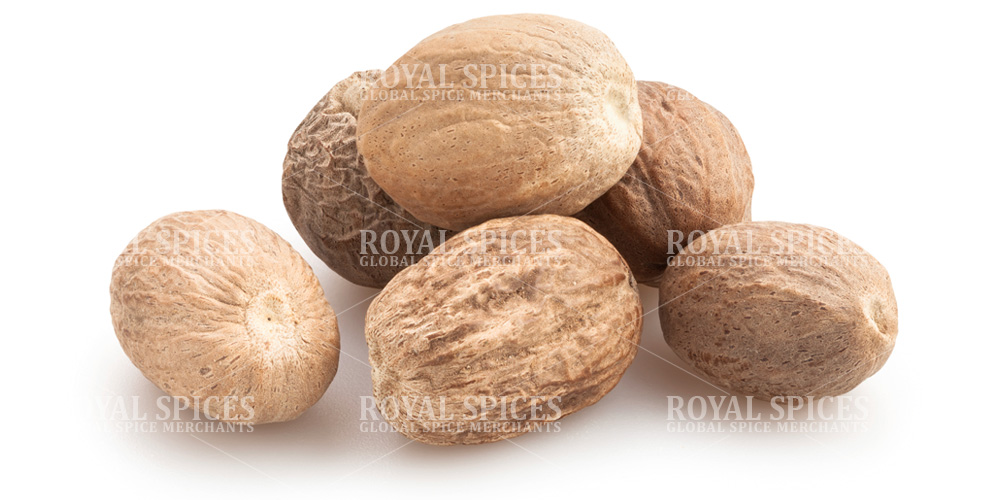

The countries with the highest consumption were India (29.5%, based on tonnes), Viet Nam (10.5%), Indonesia (9.9%), Saudi Arabia (8.4%), Pakistan (4.3%), Nepal (4.2%), Bangladesh (3.4%), Lao (2.7%), the U.S. India, Vietnam and Indonesia Together Accounted for 50% of Consumption on the Nutmeg, Mace and Cardamom Market Over the previous two years, the market volume remained relatively stable in value terms this was preceded by a period of rapid growth in 2013. In wholesale prices, the market amounted to $342M, contracting by 6% over the last year. Following a slight decline in consumption from 2009-2010, the nutmeg, mace and cardamom market continued to experience minor fluctuations over the next two year period from 2013 to 2016, consumption saw strong growth against increased levels of consumption in India and several other Asian countries.Īs a result, from 2007 to 2016, the market volume surged by 56% (IndexBox estimates). Over the period from 2007 to 2016, consumption expanded with an annual average rate of growth of +5.1%. In 2016, the nutmeg, mace and cardamom market peaked at 113K tonnes. Nutmeg, Mace and Cardamom Consumption Continued Its Strong Growth Here is a summary of the report’s key findings. records salt making.IndexBox has just published a new report "World: Nutmeg, Mace And Cardamoms – Market Report. Nomads spreading westward were known to carry salt, and Egyptian art from as long ago as 1450 B.C.

Salt production has been important in China for two millennia or more, and the Chinese, like many other governments over time, realized that taxing salt would could be a major revenue source. If it is assumed that the content of the minerals in the wild animals our ancestors hunted was the same as in present-day cows and sheep, the daily intake of salt in Paleolithic times was <1 g of salt per day. When did humans start cooking with spices?Įventually, their diet consisted of 50% meat and 50% plants. People crave the spiciness of food just the same way they crave something sweet or salty. Endorphins can be known as a trigger happy chemical, which gives you an instant feeling of pleasure from head to toe. Nutritional value per 1 tbsp (2.1 g)īecause eating spicy can cause your body –pituitary gland and hypothalamus specifically, to release endorphins. At US $5,000 per kg or higher, saffron is the world’s most expensive spice….Uses. In the 21st century, Iran produces some 90% of the world total for saffron with best quality. What is the most expensive saffron in the world? Garam masala is a popular spice blend used in Indian and other South Asian cuisines. Mace is the best option if you’re looking for a replacement for nutmeg, as both spices come from the Myristica fragrans tree. The other major producers were Nepal (5.2%), Lao (2.5%), Bhutan (2.1%) and Sri Lanka (1.4%). India (38.0K tonnes), Guatemala (36.6K tonnes) and Indonesia (31.0K tonnes) were the key world nutmeg, mace and cardamom producing countries, with a combined share of 86% of global production.

Symptoms of nutmeg toxicity include nausea and dizziness.

Not only can extra nutmeg give food a soapy and bitter taste, it can be toxic as well. Nutmeg is a delightful spice when used in small amounts. Grenada is the second largest producer and exporter. Indonesia is the largest world producer of nutmeg and mace and accounts for three-quarters of world production and export. It is, however, a very minor product, consumed mainly in the source countries.


 0 kommentar(er)
0 kommentar(er)
